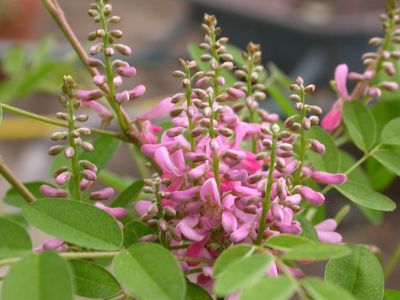Cutting Back Indigo
Indigo (Indigofera tinctoria) is an ancient plant, famous for the intense blue dye which is extracted from the leaves. Although most clothing manufacturers have switched to chemical dyes, true indigo dye is still favored by people who prefer to work with natural dyes – especially manufacturers of premium denim. A beautiful, arching plant that shoots up from the base, indigo produces masses of purple or pink flowers that burst forth in summer and early fall. Indigo is a hardy plant, suitable for growing in USDA plant hardiness zones 3 through 10. Keeping the plant cut back not only keeps it healthy and manageable but cutting the plant back a few inches (7.5-10 cm.) from the ground is a common way to harvest the foliage for those wanting to prepare their own dye.
How to Prune Indigo Plants
Pruning of true indigo should be done in spring if you live in a frost-prone area. Cut all the previous year’s growth to near ground level. Be sure to remove winter damaged growth. If you live in a warmer climate, cutting back indigo can be a little less drastic. Just shorten the plant by up to half its height to maintain desired size and shape. Pruning will also prevent the plant, which can reach heights and widths of 3 to 4 feet (1 m.) from becoming too large. During the summer, remove dead blooms and yellowing leaves regularly to keep the plant looking its best. Cutting the plant back for harvesting of the leaves can be done throughout the growing season as needed. The plants usually regrow quickly, within a month or so, for another round of harvesting.
